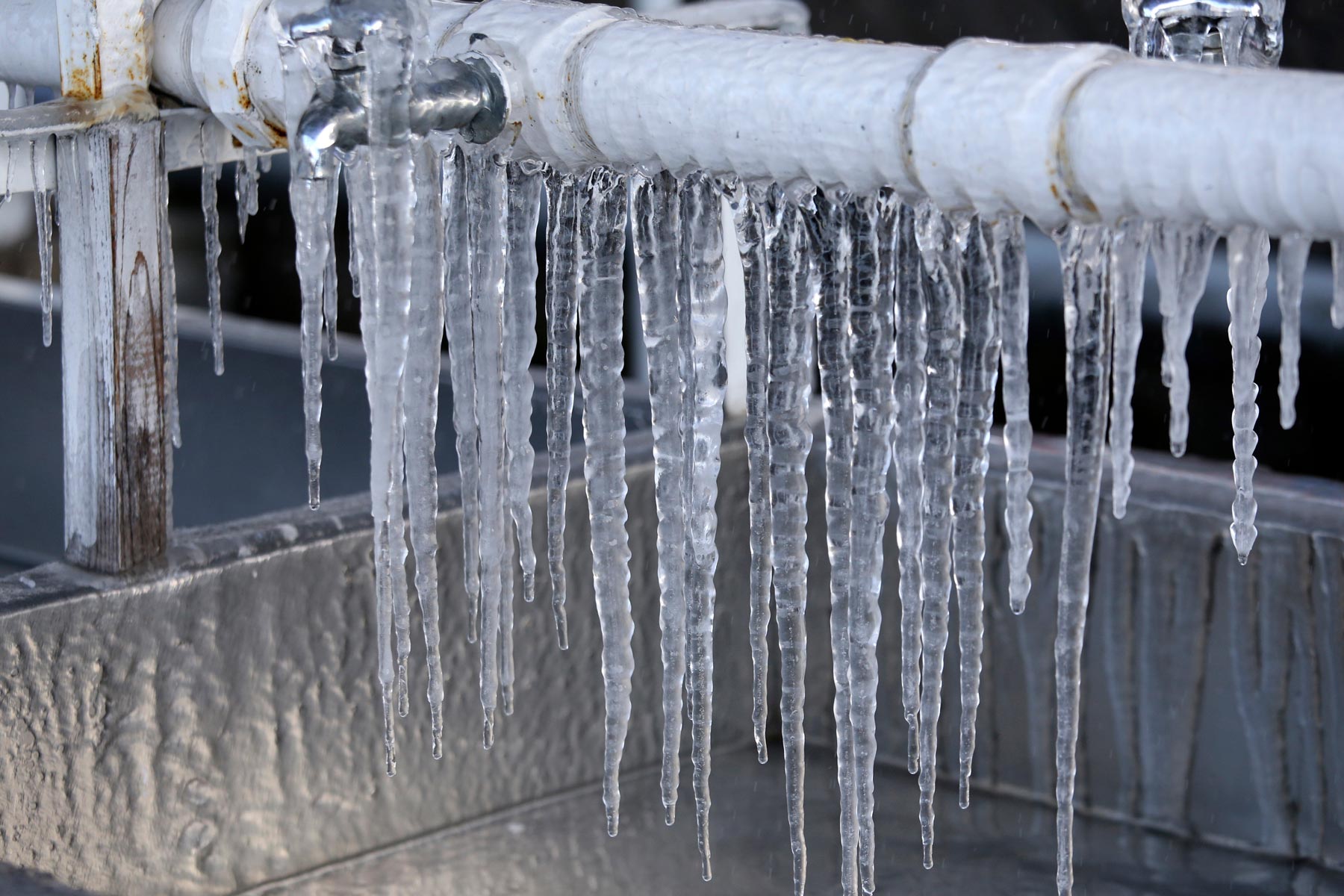Avoiding Pipes from Cold Weather: Effective Methods
Avoiding Pipes from Cold Weather: Effective Methods
Blog Article
The writer is making a few good annotation related to Prevent Frozen Pipes overall in this great article on the next paragraphs.

Winter can ruin your pipes, particularly by freezing pipes. Right here's exactly how to avoid it from occurring and what to do if it does.
Introduction
As temperatures drop, the risk of icy pipes increases, possibly causing costly fixings and water damage. Recognizing exactly how to prevent frozen pipelines is vital for property owners in cool climates.
Avoidance Tips
Insulating at risk pipelines
Wrap pipes in insulation sleeves or use heat tape to safeguard them from freezing temperatures. Focus on pipes in unheated or exterior areas of the home.
Heating techniques
Keep indoor rooms adequately warmed, specifically locations with pipes. Open cabinet doors to allow cozy air to distribute around pipelines under sinks.
Just how to recognize icy pipelines
Seek reduced water flow from faucets, unusual odors or noises from pipes, and noticeable frost on subjected pipes.
Long-Term Solutions
Structural modifications
Take into consideration rerouting pipes away from exterior walls or unheated areas. Add extra insulation to attics, basements, and crawl spaces.
Upgrading insulation
Invest in premium insulation for pipelines, attics, and walls. Proper insulation helps keep regular temperature levels and minimizes the danger of frozen pipelines.
Shielding Exterior Plumbing
Garden tubes and exterior taps
Detach and drain yard pipes before winter. Install frost-proof spigots or cover exterior faucets with protected caps.
Recognizing Icy Pipes
What triggers pipelines to ice up?
Pipelines freeze when exposed to temperatures below 32 ° F (0 ° C) for extended periods. As water inside the pipelines ices up, it increases, taxing the pipeline walls and potentially causing them to burst.
Risks and problems
Icy pipelines can result in supply of water interruptions, residential property damage, and expensive repairs. Ruptured pipes can flooding homes and trigger comprehensive structural damages.
Indications of Frozen Piping
Recognizing frozen pipelines early can prevent them from bursting.
What to Do If Your Pipelines Freeze
Immediate activities to take
If you think frozen pipes, keep faucets open to relieve pressure as the ice thaws. Make use of a hairdryer or towels soaked in warm water to thaw pipelines slowly.
Conclusion
Preventing frozen pipes needs proactive procedures and quick reactions. By comprehending the reasons, signs, and safety nets, property owners can shield their plumbing throughout cold weather.
5 Ways to Prevent Frozen Pipes
Drain Outdoor Faucets and Disconnect Hoses
First, close the shut-off valve that controls the flow of water in the pipe to your outdoor faucet. Then, head outside to disconnect and drain your hose and open the outdoor faucet to allow the water to completely drain out of the line. Turn off the faucet when done. Finally, head back to the shut-off valve and drain the remaining water inside the pipe into a bucket or container. Additionally, if you have a home irrigation system, you should consider hiring an expert to clear the system of water each year.
Insulate Pipes
One of the best and most cost-effective methods for preventing frozen water pipes is to wrap your pipes with insulation. This is especially important for areas in your home that aren’t exposed to heat, such as an attic. We suggest using foam sleeves, which can typically be found at your local hardware store.
Keep Heat Running at 65
Your pipes are located inside your walls, and the temperature there is much colder than the rest of the house. To prevent your pipes from freezing, The Insurance Information Institute suggests that you keep your home heated to at least 65 degrees, even when traveling. You may want to invest in smart devices that can keep an eye on the temperature in your home while you’re away.
Leave Water Dripping
Moving water — even a small trickle — can prevent ice from forming inside your pipes. When freezing temps are imminent, start a drip of water from all faucets that serve exposed pipes. Leaving a few faucets running will also help relieve pressure inside the pipes and help prevent a rupture if the water inside freezes.
Open Cupboard Doors
Warm your kitchen and bathroom pipes by opening cupboards and vanities. You should also leave your interior doors ajar to help warm air circulate evenly throughout your home.

I came across that entry on How to prepare your home plumbing for winter weather when doing a search on the web. Sharing is nice. You never know, you might be doing someone a favor. I enjoy your readership.
Click Here Report this page